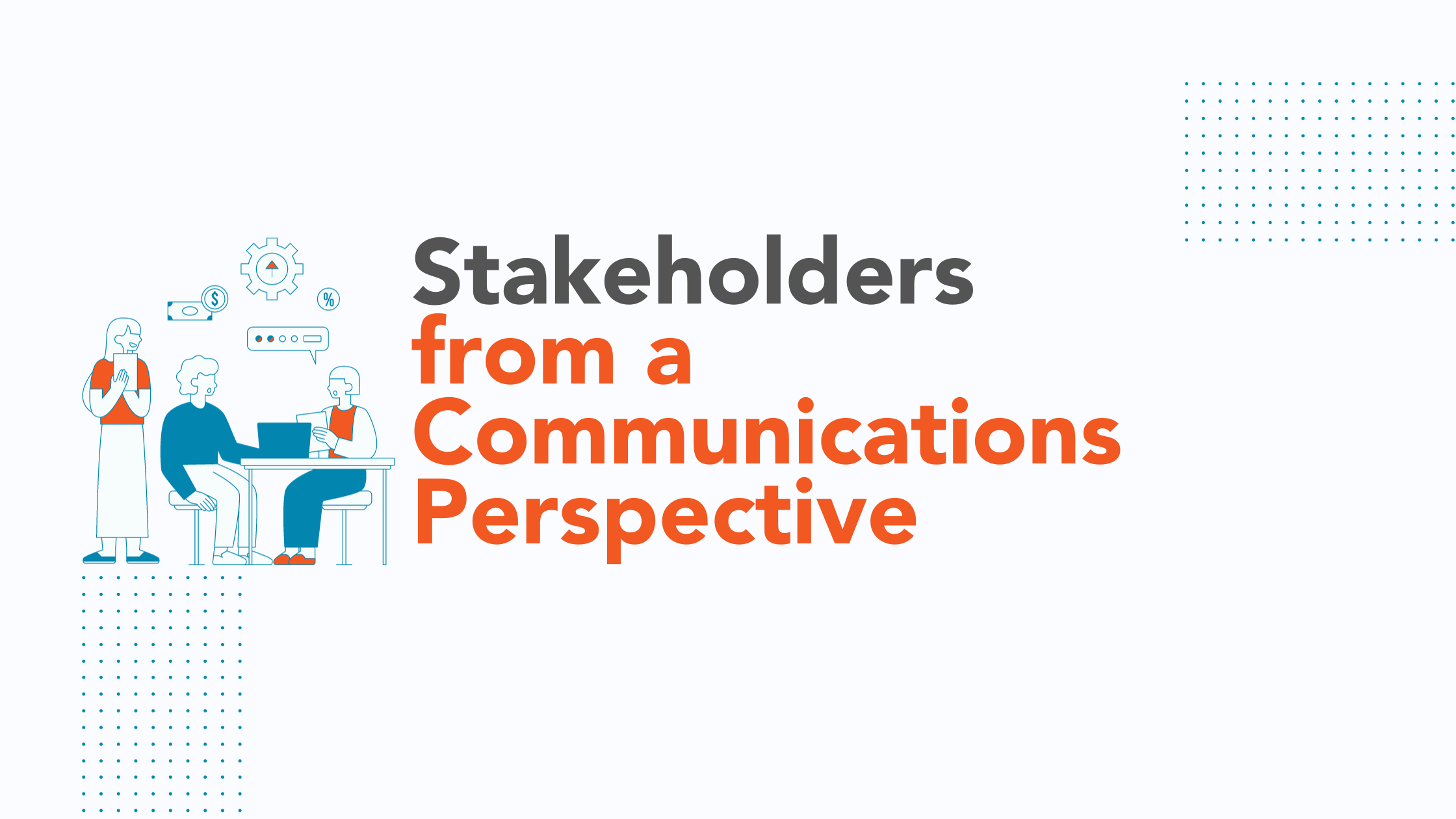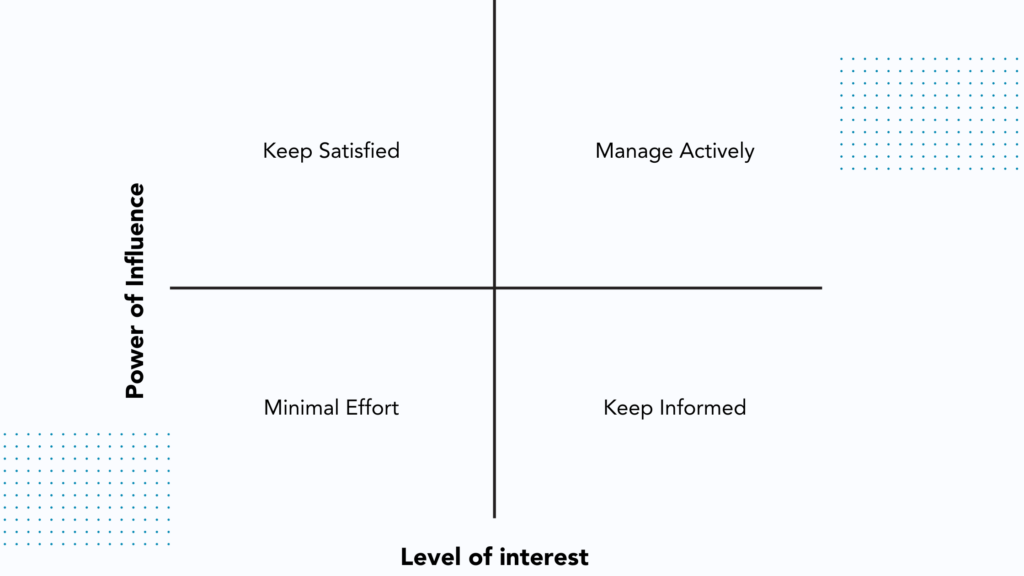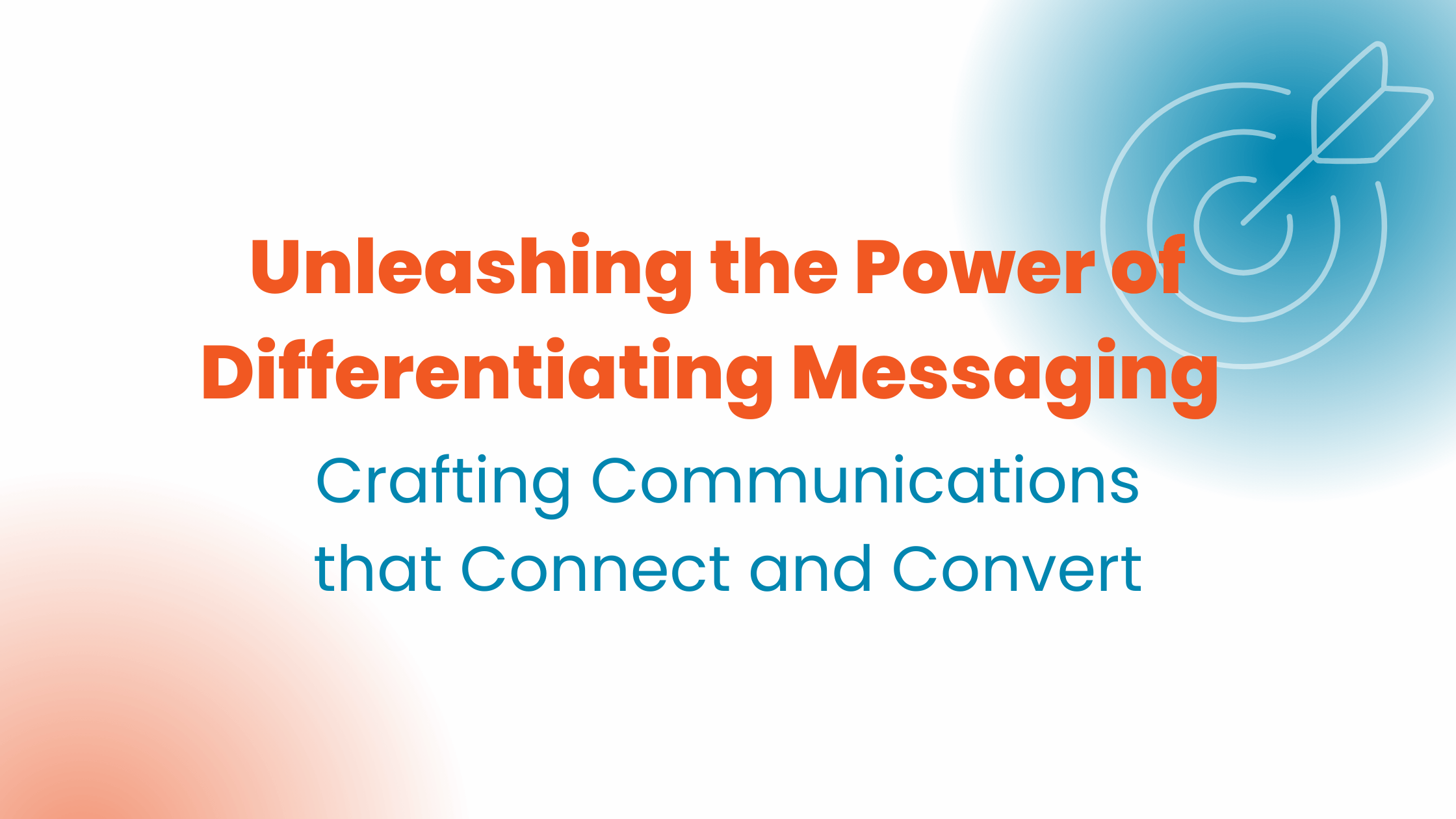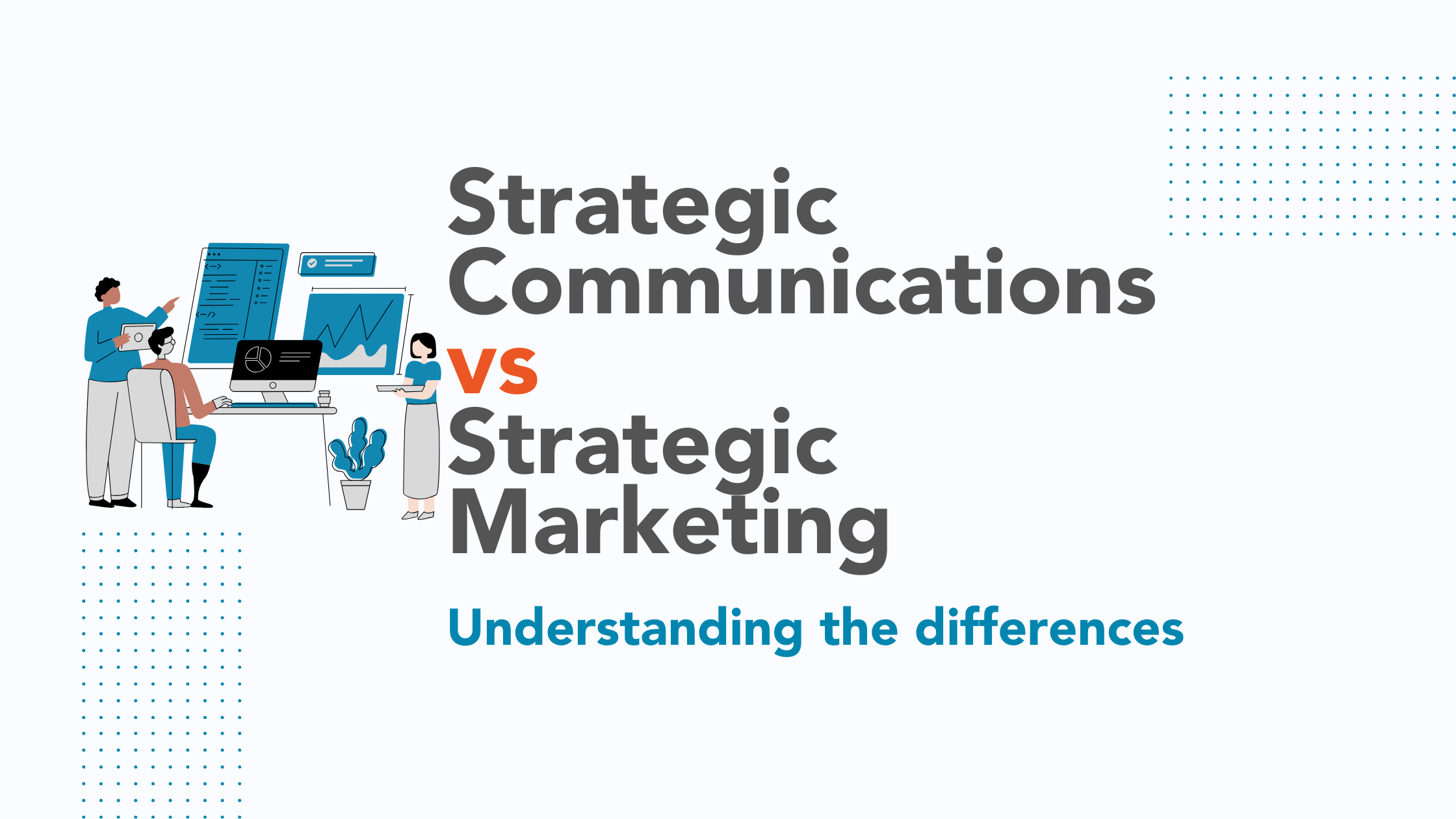
Stakeholders, from a Communications Perspective
The term stakeholder is widely used in the business world – and widely interpreted, depending upon industry and executive level. By general definition, a stakeholder is any individual or group that has an interest in or is affected by the outcome of a business’s activities. From a strategic communications perspective, a stakeholder is any individual or group that has an interest in or is affected by the outcome of a communications campaign. Every organization has a collection of stakeholders, which can be internal or external to an organization, and they can include: investors, board members, owners, partners, employees, customers, suppliers, government agencies, media outlets, community members, and special interest groups.
Example: Real estate development typically has a variety of stakeholders, including clients, investors, lenders, contractors, regulators, neighbors, community groups, and the media. Each of these stakeholders requires different levels/types of information – through different communication channels.
Identifying your stakeholders is essential for developing a successful strategic communications and/or marketing plan. When you know what your stakeholders care about (and this can be many things, ranging from ROI to environmental impact), what motivates them, and what channels they prefer, you can tailor your messages and delivery channels to reach them effectively.
Here are some of the benefits of understanding your stakeholders:
- Increased engagement: Stakeholders who feel understood and valued are more likely to engage with your organization. This can lead to increased sales, brand loyalty, and support for your initiatives.
- Reduced conflict: When stakeholders understand your goals and objectives, they are less likely to oppose your plans. This can help you to avoid delays and costly setbacks.
- Improved decision-making: By understanding the perspectives of your stakeholders, you can make more informed decisions about your communications and marketing strategies. This can lead to better results overall.
How to Determine and Rank Stakeholders
The first step to understanding your stakeholders is to identify them. Persona mapping is the act of making a list of all the individuals and groups that have an interest in or are affected by your organization. Once you have a list of stakeholders, you can prioritize their messaging based on the campaign.
There are a number of factors you can consider when ranking your stakeholders, such as:
- Influence: How much power does the stakeholder have over your organization or its goals?
- Interest: How interested is the stakeholder in your organization or its goals?
- Urgency: How important is it to the stakeholder to be informed or involved in your communications and marketing efforts?
Use the Power Interest Matrix to Determine Comms Priorities
There is a tool out there, called the power-interest matrix that helps organizations place stakeholders in priority boxes. By understanding which stakeholders have the power to block or advance projects and what stakeholders are very interested in your plans (and who isn’t), you can determine who receives what information. This process may be uncomfortable for some team members, which is why it is often a good idea to use an external, objective facilitator during this process.
Once you have ranked your stakeholders, you can prioritize your communication and engagement efforts accordingly. You can think of it like this:
- High power – High interest: Likely to be decision makers and with high project impact. Manage these stakeholders’ expectations and work to encourage productive movement.
- High power – Low Interest: Likely to yield power, but not necessarily wielding it toward your project. Keep them in the loop with what is happening on the project, to ensure satisfaction.
- Low power – High interest: Likely helpful with grassroots efforts, community relations, etc. Provide information and seek any insights they may have access to – from a community management perspective.
- Low power – low interest: This group should be monitored, but there is not a high need to allocate excessive time and expense with communication.
How to Craft Messaging Based on the Stakeholder
When crafting messaging for your stakeholders, it is important to keep their unique needs and interests in mind. For example, what are their pain points? What are their goals? What language do they use?
A really great way to understand your stakeholders is to follow them/or individuals within the same persona on social media. Watch how they post, what content they share and like, and how other brands/identities are speaking to them.
Here are a few tips for crafting messaging based on the stakeholder:
- Segment your stakeholders: Group your stakeholders into segments based on their shared characteristics. This will help you to create more targeted and relevant messaging.
- Understand their needs and interests: Take the time to understand what each stakeholder cares about and what motivates them. This will help you to craft messaging that resonates with them.
- Use their language: Speak the language of your stakeholders. This means using the same words and phrases that they use on a daily basis.
- Be clear and concise: Be clear and concise in your messaging. Avoid using jargon or technical language.
How to Stress Test Your Messaging
Once you have crafted your messaging, it is important to stress test it to make sure that it is effective. This means getting feedback from your stakeholders on your messaging. You can do this by conducting focus groups, surveys, or one-on-one interviews.
Here are some questions you can ask your stakeholders to stress test your messaging:
- Is the messaging clear and concise?
- Is the messaging relevant to my needs and interests?
- Is the messaging motivating?
- Do I have any questions or concerns about the messaging?
By stress testing your messaging, you can ensure that it is effective and that it will resonate with your stakeholders.
How to Determine Results of Your Campaigns
Once you have launched your communication and marketing campaigns, it is important to track your results. This will help you to determine what is working and what is not.
There are a number of metrics you can track to determine the results of your campaigns, such as:
- Website traffic: Are you seeing an increase in traffic to your website?
- Social media engagement: Are your followers interacting with your social media content more often?
- Lead generation: Are you generating more leads from your communication and marketing efforts?
- Sales: Are you seeing an increase in sales?
- Brand lift: Are you noting changes in brand awareness and perception, or seeing increased media engagement?
By tracking your results, you can make necessary adjustments to your campaigns to improve their performance.
Truly knowing your stakeholders is essential for developing a successful strategic communications and/or marketing plan. By understanding their needs, interests, and preferences, you can tailor your messages and delivery channels to reach them effectively.





